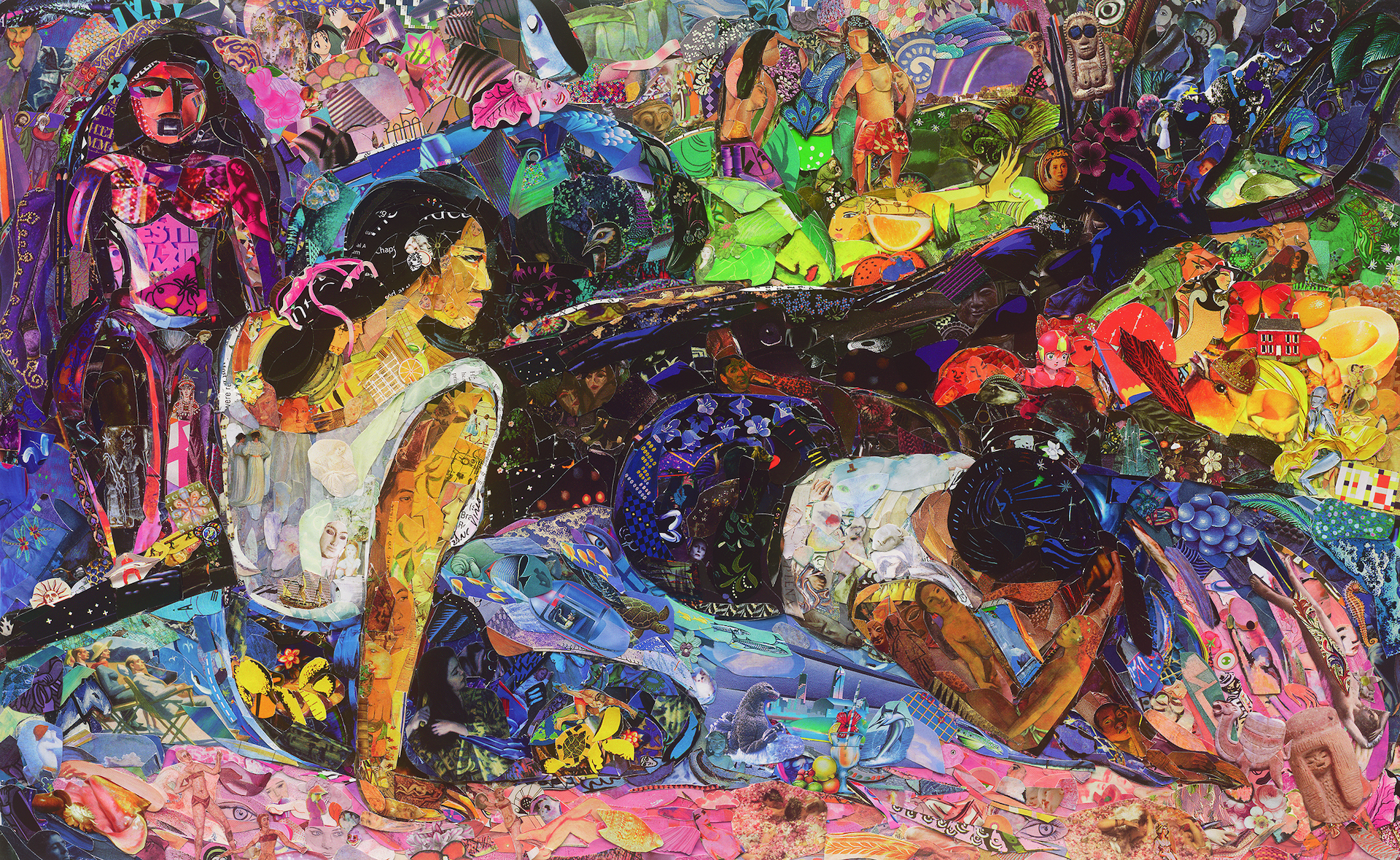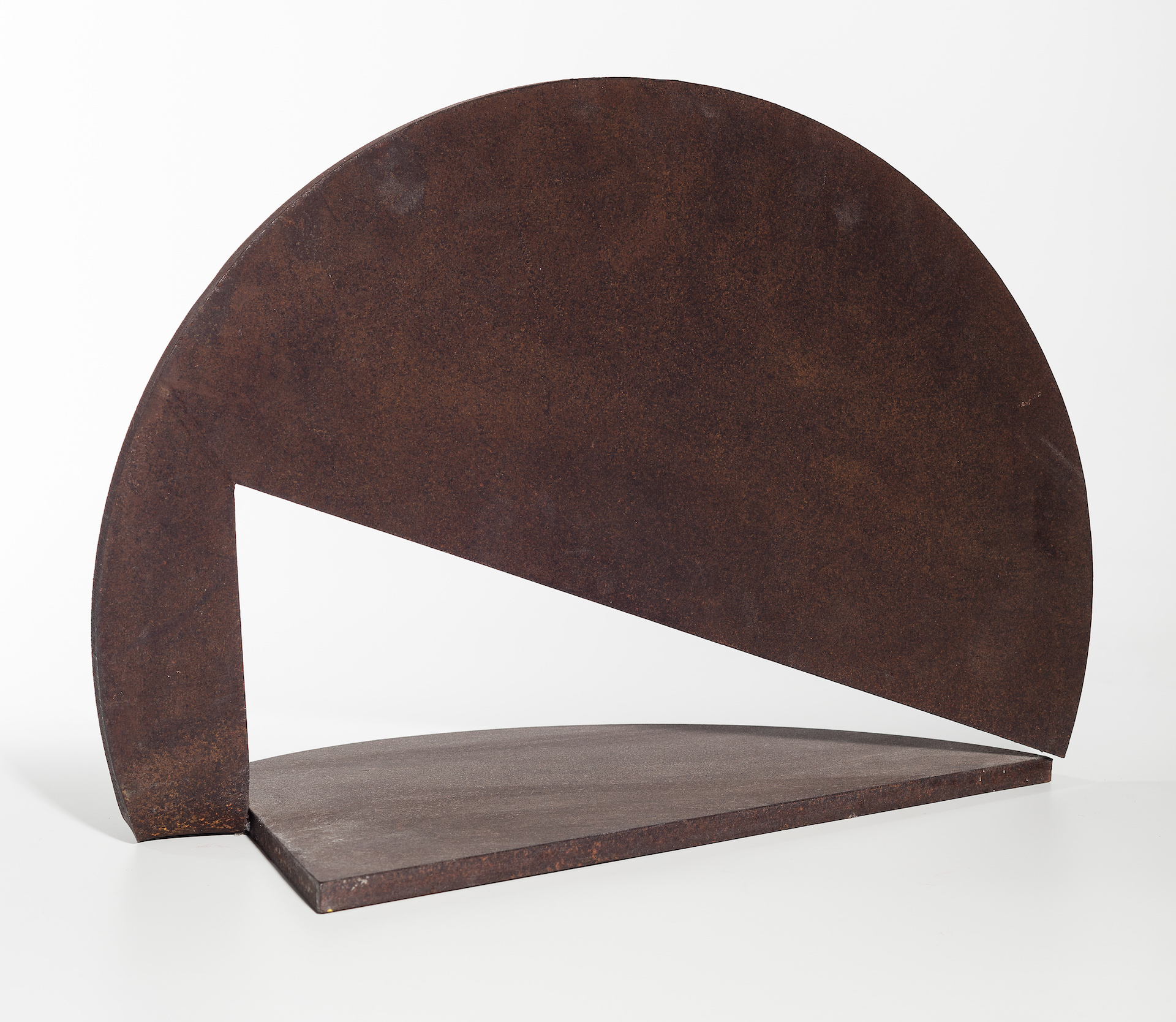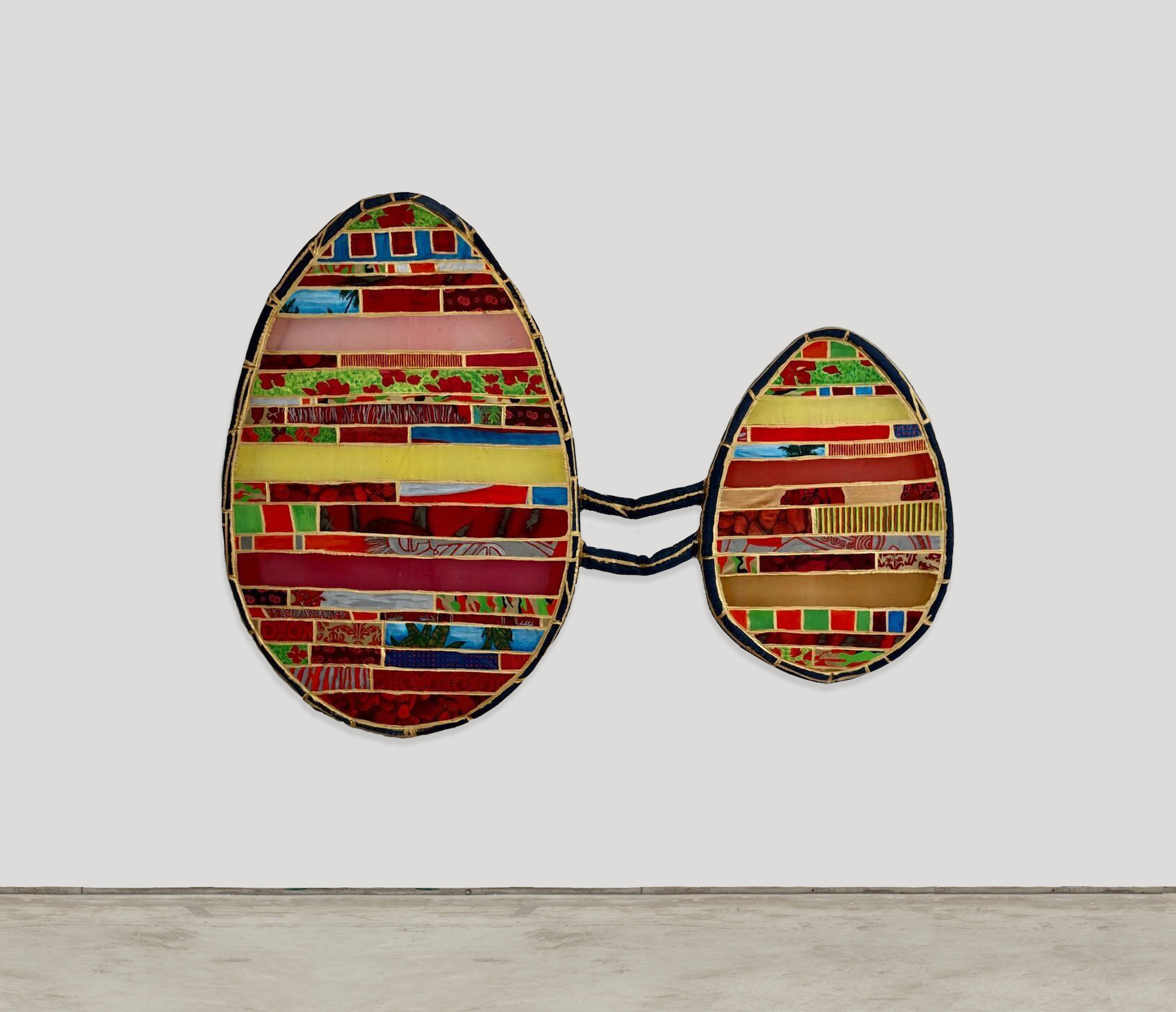SÃO PAULO, BRAZIL – After cancelling the April event due to the Covid-19 pandemic, São Paulo’s SP-Arte followed the footsteps of similar art fairs around the world and decided to put on its first-ever virtual exhibition. The reception has been exceptional, with tens of thousands of visitors checking out the online event every day, say organizers.

“The SP-Arte Viewing Room was developed with great effort by our team to bring the diversity of the physical fair to a virtual environment, and to create a democratic platform, meeting the needs of the system in the moment we are currently living,” say organizers of the event, which ends on Sunday (August 30th).
The Fair, considered to be the largest art market event in South America, has brought together thousands of works of modern and contemporary art from more than 326 galleries from Brazil and around the world into the homes of thousands of art lovers from all corners of the globe.
“The SP-Arte Viewing Room was developed with great effort by our team to bring the diversity of the physical fair to a virtual environment, and to create a democratic platform, meeting the needs of the system in the moment we are currently living,” says SP-Arte director, Fernanda Feitosa.
According to Feitosa, galleries were able to choose up to 60 works from artists to show on their pages. Traditional, well-established galleries in São Paulo, such as Almeida and Dale, Fortes D’Aloia & Gabriel, Galeria Nara Roesler, and Galeria Millan, have been placed alongside newcomers and lesser-known artist collectives such as Plataforma 01.01 and Levante National Trovoa.

“Just as at that physical fair, SP-Arte’s commitment to promoting national art continues to be priority. Making their debuts in our Viewing Room are independent projects, including Plataforma 01.01 and Levante Nacional TROVOA, collectives which focus on promoting and empowering art from the African diaspora and by Brazilian women,” say organizers.
As in the past editions, the fair also showcases the production of design houses such as first-time exhibitor Carpenters Workshop Gallery (London), and returning participants Continua (San Gimignano), and Etel (São Paulo).
Highlights of this year’s exhibitors include:
Almeida e Dale Gallery’s webpage, which shows Brazilian artists from the First and Second Modernism, Abstraction, Neoconcretism, the 80’s Generation and from Conceptual Art and include well-known artists such as Rubem Valentim, Alfredo Volpi, Lygia Clark, and Lygia Pape.
Pinakotheke, which presents artists as diverse as Abraham Palatnik, Antonio Bandeira, Antonio Dias, Candido Portinari, Carlos Vergara, Hélio Oiticica, and Lasar Segall, who “were responsible, each one in his own era, for the revolutions that we went through in the recent history of Brazilian Art.”
And from Rio de Janeiro, the Silvia Cintra gallery, which aims to provide a constant dialogue between great names on the national scene and the production of young talents through diverse media. The gallery presents, for the Viewing Room, works by Amilcar de Castro and Nelson Leirner, who passed away earlier this year.
According to Feitosa, due to the fact that this year the fair is virtual, the event has broadened its audience, reaching people across the country, the continent and the world. People, argues Feitosa, who otherwise may not have had the chance to come to São Paulo to see the physical fair. This online model, she adds, also increases the number of potential consumers.
“Possible buyers who think, at first, that works of art would be out of their reach, can realize that the value of the works is closer to their budget than they imagine. In this project, we chose to encourage exhibitors to divulge the prices of their works, whether through the exact price or a price range. We are confident that this greater transparency and easier access to works of art can demystify many questions about the market, thus revolutionizing our sector and favoring both the final buyer and the exhibitor, ” points out Feitosa.
The seven-day event also hosts a series of free activities, including online debates, artist talks, studio visits, guided tours of Viewing Room and a calendar of never before seen video art works.
Through virtual debates, artists and curators talk about their recent works and projects. Artists have also opened up their studios and allowed the public to see, through videos, where they work and learn about their production and the processes they undergo to finalize a project.

“We have 1,700 audios and videos from artists and curators talking about their work. It is an incredible experience. We would not have been able to do this if we had only produced the physical model of the event,” says Feitosa.
Though this year’s SP-Arte Viewing Room can reach audiences outside the traditional axis of the fair, allowing anyone to visit ‘from the comfort of their own homes, some artists tell The Rio Times they still prefer the physical event.
“This (online fair) is not ideal,” says artist Marcus Andre, who has three of his paintings shown in this year’s online Viewing Room.
“I still believe people prefer to see art live, and not on the screen of a computer, but since it is impossible at this moment, this was the best they could do to the current circumstances,” adds the Carioca artist.
Nonetheless, the Fair’s organizers were impressed with the number of visitors. “In the first twenty-four hours we had almost 33,000 viewers; that is a little less than we registered last year during the entire five days of the event (36,000),” says Feitosa.
“We believe that digital platforms enhance the reach of the Brazilian art market. This is an opportunity to open new territories and to overcome territorial borders, bringing Brazilian states and Latin American countries together in a renewed unity,” says Feitosa.
“I am already planning 2021 as a hybrid event with both physical and online exhibits,” concludes the director.

